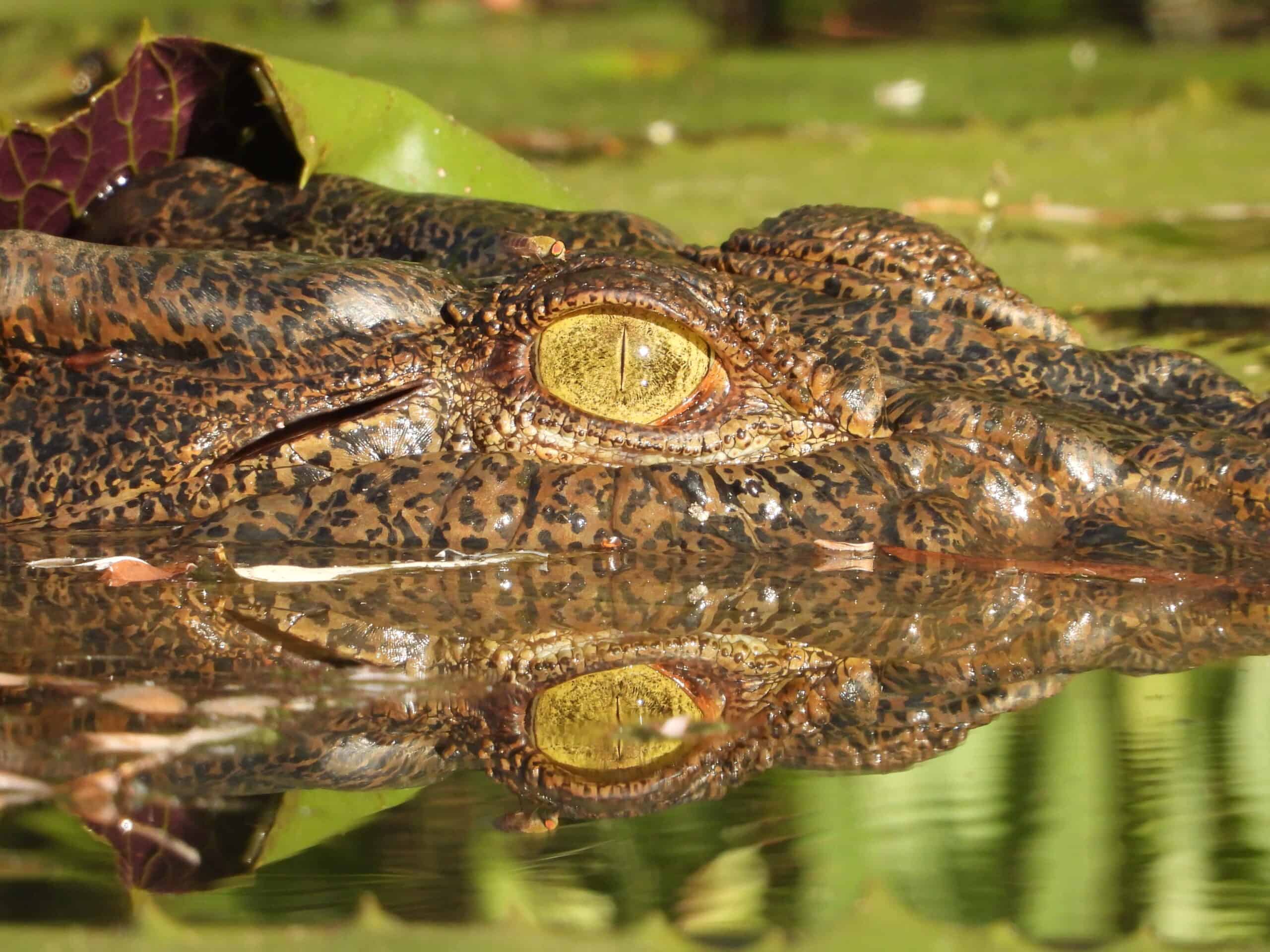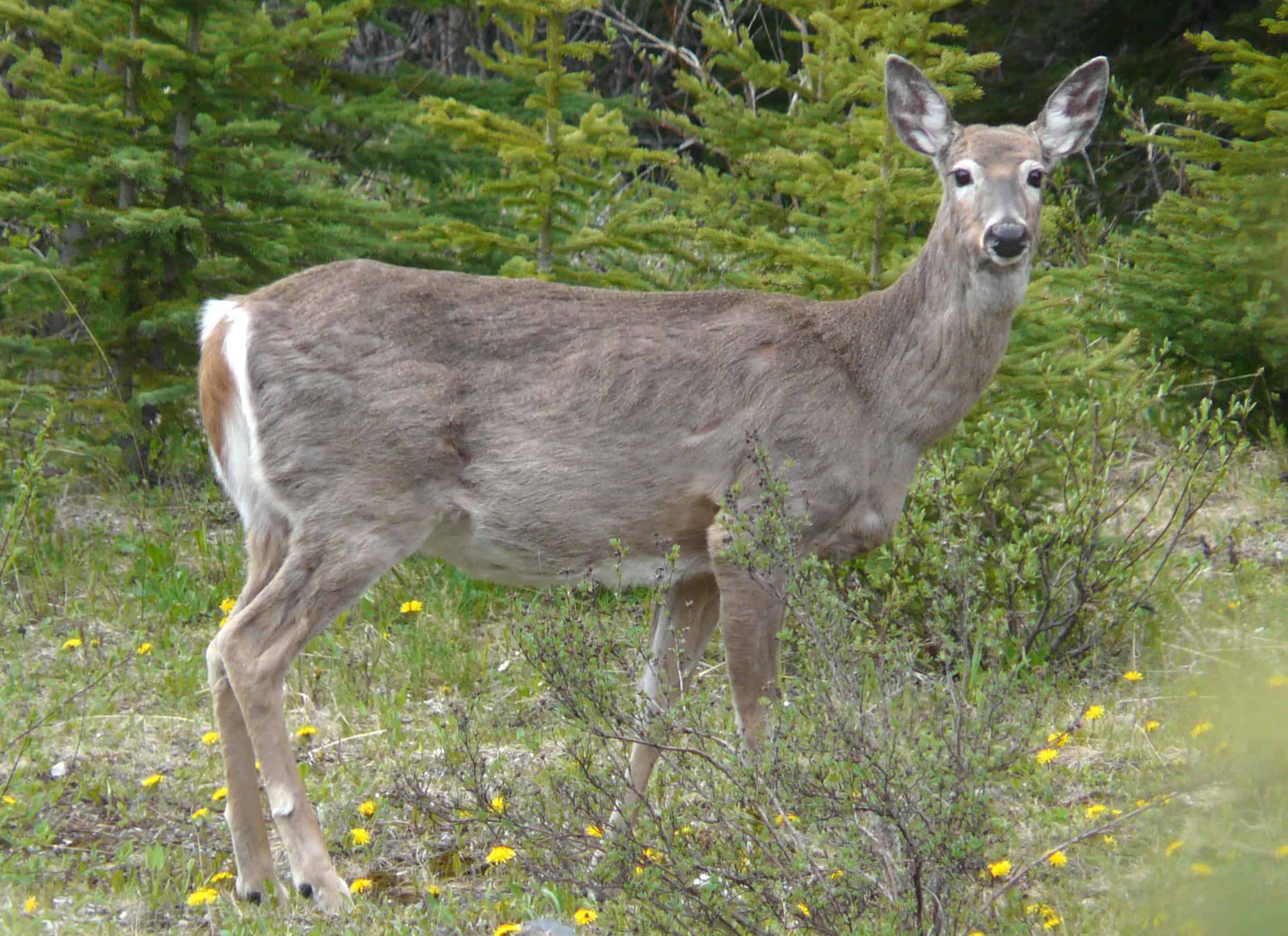Share this article
Is conservation even more expensive than we thought?
When Christoph Nolte created a high-resolution map of land value in the U.S., he wasn’t interested in buying and selling real estate. He was interested in creating a tool to better estimate the true costs of environmental conservation.
“I was dissatisfied with the quality of cost data in conservation research,” said Nolte, an earth and environment assistant professor at Boston University. “Land conservation decisions are about trade-offs. If we wish to keep forest carbon on the ground, species’ habitats intact, wetlands functional or landscapes beautiful, conservation usually means that we also give up something.”
Using a variety of datasets, including information gathered by the real estate website Zillow, Nolte found the true cost of achieving conservation goals, from protecting floodplains to preserving habitats, is much higher than most estimates show. “It means that we will need substantially higher levels of funding than previously assumed,” he said.
Read his interview with Boston University here.
Header Image: Boston University earth and environment assistant professor Cristoph Nolte estimated the fair market value of all properties in the United States and found the costs of conservation are even higher than estimates usually suggest. Credit: Cristoph Nolte/Boston University








